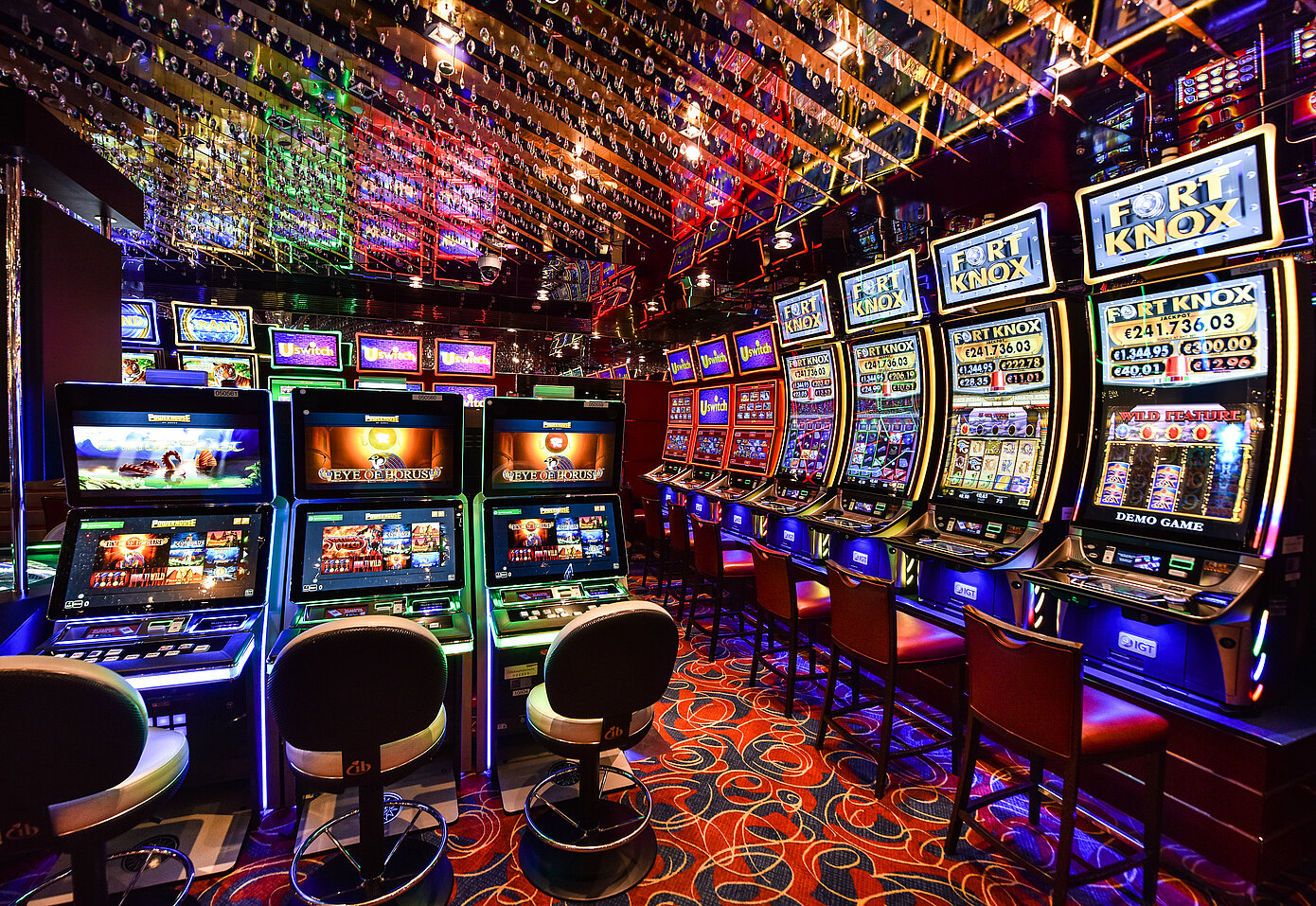
The sphere of gambling games has long enthralled players with its mix of adventure, tactics, and the thrill of luck. As tech advancements progresses and the gambling landscape transforms, an innovative approach known as game-based learning has begun to reshape the way we experience these classic activities. By including game-like elements such as tasks, prizes, and monitoring advancement, gamification improves player involvement and changes the classic casino environment into a much interactive and immersive environment.
Gamification in casino games not only draws to seasoned players but also attracts a fresh group of participants who crave a more immersive experience. With elements that promote involvement and foster connection among participants, the game-based elements breathe new life into beloved favorites like poker, blackjack, and slot machines. In we delve deeper into this trend, we will explore how this trend is redefining the casino atmosphere, making it far accessible, enjoyable, and beneficial for all involved.
Grasping Gamification
Game mechanics is the utilization of game-like aspects in non-game environments to boost player engagement and experience. In the world of casino games, this concept has gained notable momentum, changing traditional gaming into a more dynamic and fulfilling experience. By including components such as points, stages, and prizes, casinos can create an environment that drives players to participate more frequently and for longer times.
At the center of gamification is the urge to leverage the intrinsic desires of players. Gaming experiences that utilize gamification methods are shaped to not only delight but also to foster competition and success. Players are often attracted to the immediate feedback and progress tracking that these elements provide. This not only retains them engaged but also fosters a sense of success as they achieve milestones and access new features.
Additionally, gamification can enhance community interaction among players, cultivating a social atmosphere that enriches the satisfaction of gaming experiences. Features such as leaderboards, team challenges, and collaborative tasks allow players to engage with fellow players, exchange experiences, and battle in a friendly manner. This community element adds another layer to the gaming experience, rendering it more engaging and pleasurable for players.
Impact on Gamer Interaction
Gamification methods in casino games have remarkably changed the way players interact with their favorite pastimes. By adding aspects such as incentives, scoreboards, and accomplishment icons, gambling establishments create an setting that fosters a more profound bond between users and the games they love. This enhanced engagement contributes to extended gaming periods and boosted player loyalty, as users strive to reach new levels or receive exclusive incentives.
Furthermore, the interactive component of gamified casino games cannot be ignored. Many sites allow users to compete against others or other users, which introduces a dimension of anticipation and friendship. This contest drives engagement by accessing into users’ drive to compete, prompting them to come back for additional in order to raise their ranking or showcase their achievements. As a result, the social interactions foster a feeling of togetherness that motivates users to play again.
Additionally, the instant feedback and validation provided by game elements serve to motivate users. king88.dental Whether it be a notification of a new milestone or the joy of earning a prize, these quick recognitions play a essential role in maintaining engagement. By constantly offering players for their efforts, casino games become greater than a hobby; they develop into an interactive experience that captivates gamers and improves their pleasure.
Trends in Casino Game Design
The landscape of casino game design is continuously evolving, driven by tech innovations and evolving player preferences. One important trend is the integration of immersive technologies, such as VR reality and augmented reality, to enhance the gaming experience. Such technologies create a more captivating environment, allowing players to perceive as though they are in a physical casino, which can lead to longer play sessions and heightened player satisfaction.
Another trend is the inclusion of narrative elements into casino games. Game designers are focusing on narratives to create a deeper connection between the player and the game. This story-centric approach not only makes the games more enjoyable but also encourages players to engage emotionally, which can enhance their complete experience. By combining traditional gaming mechanics with captivating stories, developers are attracting a wider audience who may not have previously engaged with casino games.
Lastly, the emergence of multiplayer features is reshaping how players interact with casino games. Many games now incorporate social elements, such as broadcasting achievements or competing with friends, to promote social interaction and engagement. This trend reflects a shift towards a more interactive experience, where players can connect with others, sharing their enthusiasm and struggles. As casinos adapt to these social dynamics, the experience of gaming becomes not just about solo play, but also about fostering connections among players.
